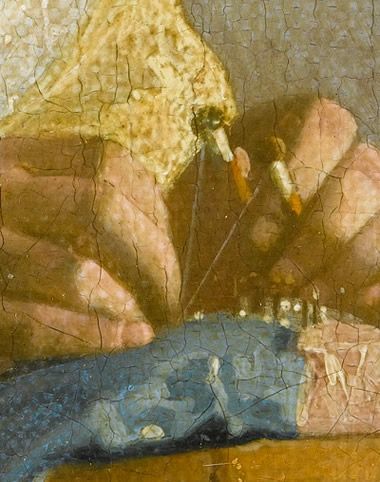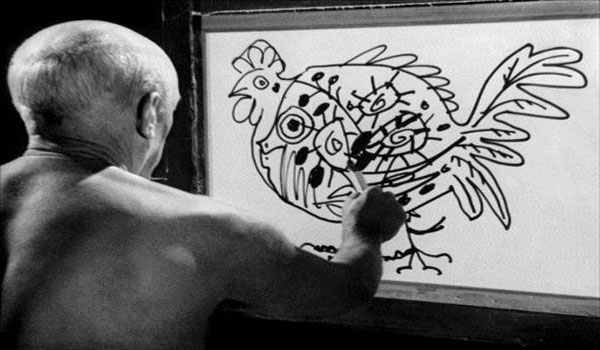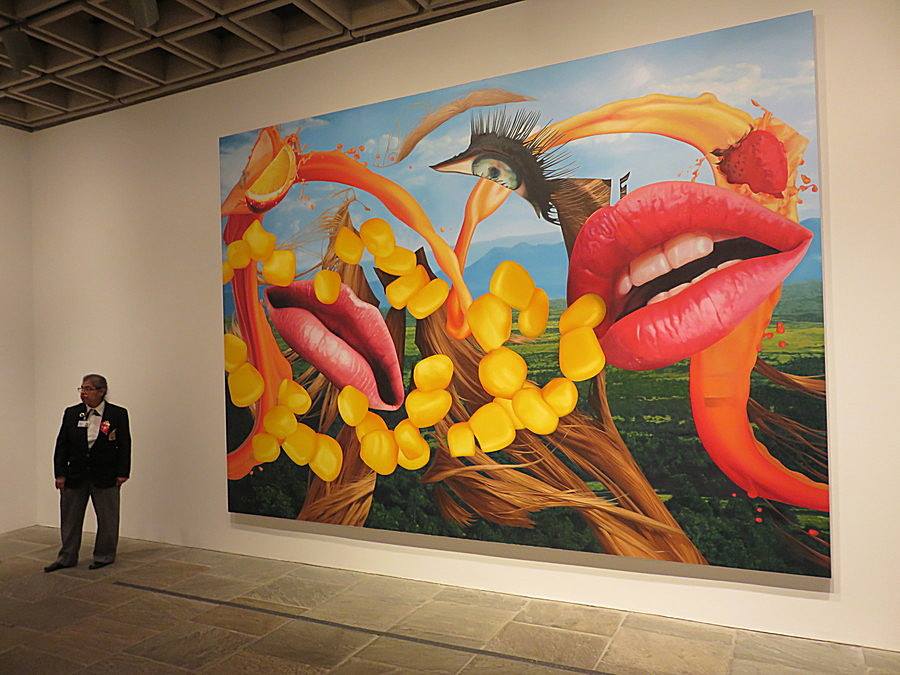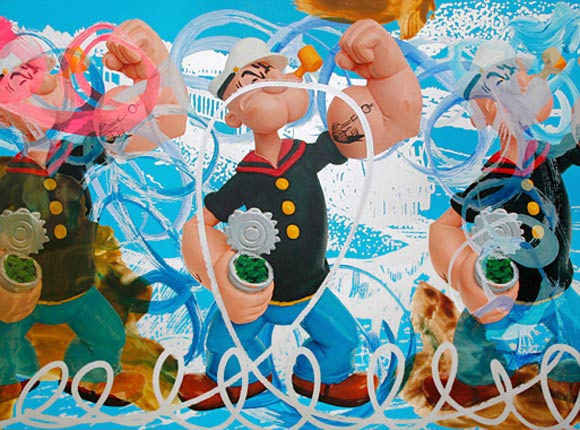I’ve found that podcasts can serve as a great “distraction” to use while painting. Painting is a strange endeavor to undertake because it’s about as simple as it gets (holding a stick in your hand) and as complicated as anything possibly can be. For this reason I often suggest that students prepare some playlists or podcasts to listen to before they start a long day of work on a painting. As anyone who has had to prepare for a solo exhibition can testify, making a body of work takes a lot of time and long hours in the studio. So why not take it easy on yourself and listen to some podcasts while you work. Below I’ve compiled a list of my top ten favorite podcasts about painting. They’re all quite different, so once you’ve found the right one for you, get those headphones on and get to work!
The Painting Podcast (By ME!)
Savvy Painter Podcast
Savvy Painter is a podcast done by Antrese Wood which features a variety of artists. Many of which who are interested in realism.
Artist Decoded takes a look at many up and coming artists in California
Sound and Vision Podcast talks with both musicians as well as many of the top emerging painters in the world. Visit their website here . This one is my top pick!
Gorky’s Granddaughter isn’t a podcast, but rather a series of videos where studio visits are done with artists who reside mainly on the East Coast of the US. The videos are great to watch, but I’ve also found these great listens as well.
Talking with Painters is a podcast our of Australia where painters talk about life and painting.
Painters Today is a podcast out of the UK which is put out monthly.
The Plein Air podcast talks with prominent Plein Air artists.
How to sell art is a podcast which focuses on the financial side of being a painter.











